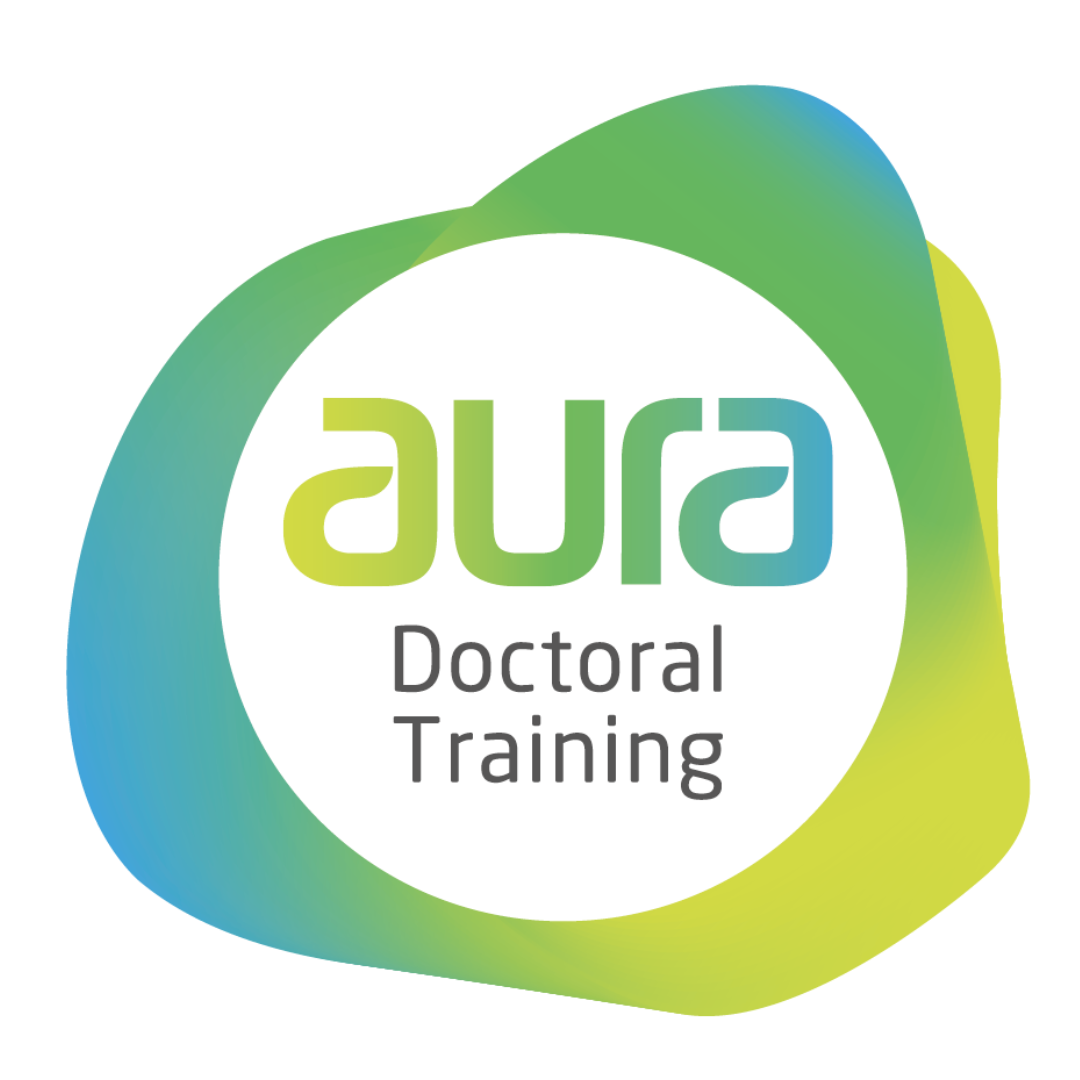

Research projects

- Research area
Push the Frontiers of Offshore Wind Technology
- Institution
University of Sheffield
- Research project
Centrifuge Physical Modelling of Floating Offshore Wind Moorings in Layered Soils
- Lead supervisor
- PhD Student
- Supervisory Team
Professor Charles Augarde (Professor – Department of Engineering, Durham University)
Prof. Colin Smith (School of Mechanical, Aerospace and Civil Engineering, University of Sheffield)
Project Description:
This PhD scholarship is offered by the EPSRC CDT in Offshore Wind Energy Sustainability and Resilience; a partnership between the Universities of Durham, Hull, Loughborough and Sheffield. The successful applicant will undertake six-month of training with the rest of the CDT cohort at the University of Hull before continuing their PhD research at the University of Sheffield.
The future of offshore wind energy lies in floating turbines, enabling the capture of wind power in deep waters where conventional foundations (like monopiles and jackets) are not economically viable. Pioneering projects, such as by Hywind (in Scottish and Danish waters) and Ørsted (in Scottish and German waters), have successfully demonstrated that these floating units can be securely anchored using suction caissons (or “buckets”) embedded in the seabed. These foundations offer significant advantages, particularly the ease of installation, removal, and potential reuse, making them highly sustainable. However, the anticipated increase in their use, especially deployed in large, clustered groups for new wind farms, creates an urgent need to develop a robust understanding of their behaviour across diverse seabed soils and throughout all lifecycle stages.
This PhD project focuses on using Geotechnical Centrifuge Modelling (also known as Hypergravity Modelling) to meet this knowledge gap. This technique offers a practical and cost-effective means to test a wide range of real-world scenarios at appropriate stresses and scales, providing crucial data necessary for:
1. Understanding caisson performance in diverse soil conditions, including layered, heterogeneous soils, and sloping seabeds.
2. Numerical model validation and design optimisation by supplying high-quality data needed to validate and refine the next generation of predictive numerical models.
A key innovation in this research will be the use of transparent soil analogues of sand and clay, immersed in a fluid with a matched refractive index. This allows for the direct, visual observation of the soil-structure interaction, enabling detailed three-dimensional measurement of displacements and strains. In this project, you will utilise transparent soil to examine, in detail, how different seabed soils interact as a suction caisson is installed within a geotechnical centrifuge environment.
This research will help bridge the gap between theoretical numerical predictions and practical, safe engineering design, ultimately ensuring the reliability and stability of these foundations for the future of floating offshore wind.
Training and development
You will benefit from a taught programme, giving you a broad understanding of the breadth and depth of current and emerging offshore wind sector needs. This begins with an intensive six-month programme at the University of Hull for the new student intake, drawing on the expertise and facilities of all four academic partners. It is supplemented by Continuing Professional Development (CPD), which is embedded throughout your 4-year research scholarship.
This PhD will equip you to tackle highly complex, multi-physics engineering problems, taking in both fundamental and practical perspectives. You will receive in-house training on both geotechnical centrifuge (hypergravity) physical modelling and the use of transparent soils (refractive index matching) and related optical methods, including the handling of high-powered lasers. This will be complemented by CDT and professional workshops on physical testing in geomechanics and offshore renewables.
Entry requirements
If you have received a First-class Honours degree, or a 2:1 Honours degree and a Masters, or a Distinction at Masters level with any undergraduate degree (or the international equivalents) in Engineering or Physics, we would like to hear from you.
If your first language is not English, or you require Tier 4 student visa to study, you will be required to provide evidence of your English language proficiency level that meets the requirements of the Aura CDT’s academic partners. This course requires academic IELTS 7.0 overall, with no less than 6.0 in each skill.
If you have any queries about this project, please contact Dr Elisabeth Bowman via e.bowman@sheffield.ac.uk
You may also address queries about the CDT to auracdt@hull.ac.uk.
Watch our short video to hear from Aura CDT students, academics and industry partners:
Funding
The Offshore Wind CDT is funded by the EPSRC, allowing us to provide scholarships that cover fees plus a stipend set at the UKRI nationally agreed rates. These are currently £20,780 per annum at 2025/26 rates and will increase in line with the EPSRC guidelines for the subsequent years (subject to progress).
Eligibility
Research Council funding for postgraduate research has residence requirements. Our CDT scholarships are available to Home (UK) Students. To be considered a Home student, and therefore eligible for a full award, a student must have no restrictions on how long they can stay in the UK and have been ordinarily resident in the UK for at least 3 years prior to the start of the scholarship (with some further constraint regarding residence for education). For full eligibility information, please refer to the EPSRC website.
We also allocate a number of scholarships for International Students per cohort.
Guaranteed Interview Scheme
The CDT is committed to generating a diverse and inclusive training programme and is looking to attract applicants from all backgrounds. We offer a Guaranteed Interview Scheme for home fee status candidates who identify as Black or Black mixed or Asian or Asian mixed if they meet the programme entry requirements. This positive action is to support recruitment of these under-represented ethnic groups to our programme and is an opt in process.
How to apply
Applications for this project will open in Autumn 2025 for September 2026 entry.
Interviews will be held online with an interview panel comprising of project supervisory team members from the host university where the project is based. Where the project involves external supervisors from university partners or industry sponsors then representatives from these partners may form part of the interview panel and your supplementary application form will be shared with them (with the guaranteed interview scheme section removed).
If you have any queries about this project, please contact Dr Elisabeth Bowman via e.bowman@sheffield.ac.uk
You may also address queries about the CDT to auracdt@hull.ac.uk.
References & Further Reading
[1] Offshore Wind Scotland (2025) Floating wind in Scotland https://www.offshorewindscotland.org.uk/the-offshore-wind-market-in-scotland/floating-wind-in-scotland
[2] Ørsted (2025) “Ørsted’s experience with suction bucket jackets”.
https://orsted.com/en/what-we-do/renewable-energy-solutions/offshore-wind/technology/suction-bucket-jacket-foundations
[3] ORE Catapult and ARUP (2024) Floating Offshore Wind Anchor Review – Public Summary Report. Floating Offshore Wind Centre of Excellence, PN000585-RPT-005 – Rev. 01. https://fowcoe.co.uk/wp-content/uploads/2024/03/FOWCoE-Report-Anchor-Review-PN000585-RPT-005-MA03.pdf
[4] Ragni, R., Bienen, B., O’Loughlin, C.D., Stanier, S.A., Cassidy, M.J. & Morgan, N. (2020) Observations of the effects of a clay layer on suction bucket installation in sand. ASCE J. Geo & Geoenv. Eng.
https://doi.org/10.1061/(ASCE)GT.1943-5606.0002217
[5] Hunter, R.P. & Bowman, E.T. (2018) Visualisation of seepage induced suffusion and suffosion within internally erodible granular media. Géotechnique, 68(10) 918-930. https://doi.org/10.1680/jgeot.17.P.161
[6] Sanvitale N., Zhao B., Bowman E. & O’Sullivan C. (2021) Particle-scale observation of seepage flow in granular soils using PIV and CFD. Géotechnique. https://doi.org/10.1680/jgeot.20.P.432

